Carnivorous Sarracenia Trumpet Pitcher Venosa Red 12cm pot
£20.00
Out of stock
Carnivorous plants definitely fall into the category of weird, wonderful and downright fascinating. Mesmerising houseplant owners of all ages with their striking appearances and fascinating adaptations to capture and feed on insects and small creatures. It is no wonder they have held their popularity for decades.
Sarracenia, commonly known as a Trumpet Pitcher plant is a natural fungus gnat killer! If you have an issue with this pest this plant is for you. This easy-to-care plant has beautiful purpure/red pitchers!
Every plant comes with beautifully illustrated care guides.
The best place to start with carnivorous plants is by understanding their natural habitat and how their environment has led them to form such unique adaptations. Carnivorous plants have been on the planet for a long time, around forty million years and have been found on almost every continent and tropical island with Antarctica being the only exception.
Carnivorous plants are typically found in areas that are high in natural light and moisture, as well as water-logged areas like swamps where the nutrients in the soil are virtually non-existent. Many of their strange adaptations have been formed from this lack of nutrients.
All plants need basic nutrients to survive and without them, they don’t stand much of a chance.
Nitrogen and phosphorus are two of the most important nutrients plants need, nitrogen is the main component in chlorophyll which plants use for photosynthesis. The other is phosphorus, which is needed to make this process possible. Plants use phosphorus to take in, store and convert the sun’s rays. Without it, they would be unable to use the sun’s energy to create the biomolecules (proteins, amino acids, DNA) they need to grow and reproduce.
Carnivorous plants have adapted over millions of years to get these essential nutrients from their environment. Unable to get these nutrients from the soil they have formed traps to capture insects and small creatures that are rich in the nutrients they lack.
There are approximately 600 different species that fall into the Carnivorous plant category. These different species have found ways of attracting, trapping, killing, and absorbing their prey purely to extract the nutrients they need for survival.
Most carnivorous plants will use bright colours, distinctive smells, and sticky surfaces to attract insects but there are some key mechanisms that make up the variations of carnivorous plants and most species can be spread across these different hunting strategies
- Snap traps use rapid leaf movement to snap shut and capture their prey.
- Bladder traps suck in their prey with a small internal vacuum.
- Pitfall traps entice prey into a small rolled-up leaf with digestive enzymes.
- Flypaper traps utilize sticky mucus to trap their prey.
- Eel traps use inward-facing hairs to force their prey towards the digestive organ.
Click here to check our care instructions to find out how to look after your carnivorous plant.
Would you like to learn about carnivorous plants? Check our article here.
Pet Friendly
- How much light does the Sarracenia Trumpet Pitcher Venosa Red require?
- This plant thrives in full light conditions, ideally placed where it can receive direct sunlight for several hours each day.
- Is the Sarracenia Trumpet Pitcher Venosa Red suitable for beginners?
- Yes, it’s an easy-to-care-for plant that comes with detailed care guides, making it a great choice for beginners interested in growing carnivorous plants.
- Can this plant be kept in homes with pets?
- Yes, the Sarracenia Trumpet Pitcher Venosa Red is pet-friendly, making it suitable for homes with animals.
☀️ Light
☀️☀️▫️ (Medium)
The Sarracenia Trumpet Pitcher thrives in medium to high light. It prefers a sunny spot where it can soak up several hours of direct sunlight each day. A south-facing window would be ideal in the UK, ensuring it receives the bright light it needs to flourish and effectively trap insects.
💧 Water
💧💧💧 (High)
Keep the soil consistently moist, as Sarracenia mimics marsh-like conditions in its natural habitat. Use rainwater or distilled water for best results, as tap water can be too harsh due to minerals that might build up in the soil. Ensure the pot allows for proper drainage to prevent water-logging.
🌡️ Temperature
🌡️🌡️▫️ (Average)
Sarracenia enjoys typical indoor temperatures, ideally between 15°C and 25°C. It can tolerate a bit cooler climates, but avoid sudden temperature drops and cold drafts, which can stress the plant.
💦 Humidity
💦💦▫️ (Moderate)
This plant likes moderate humidity but doesn’t require the high humidity some tropical plants do. A kitchen or bathroom can be a good spot, providing slightly higher humidity than other areas in your home.
🪴 Repotting
Repot every 2-3 years or when the plant outgrows its pot. Use a peat moss and perlite mixture to ensure proper soil acidity and drainage. Be gentle with the root system during repotting to avoid stress.
🐾 Pet Friendliness
This plant is pet-friendly! No worries if your furry friends get a little curious.
✅🪴 Recommended Locations at Home
Place your Sarracenia in bright spots like near south-facing windows, sunrooms, or well-lit kitchens. Ensure the spot is away from drafts and not too close to heat sources.
✨ Other Plant Features
Besides its striking appearance and pest control abilities, the Sarracenia is quite the conversation starter with its unique method of nutrient intake. It’s a functional yet fascinating addition to any plant collection.
If you have more questions, feel free to ask Mossbot or contact us via our website. Remember, we offer a free plant hospital service if you need help with your new Sarracenia!

Free Care Guide With Every Purchase
Scan the plant pot QR for instant access to our care guide for your plant. No hassle, no stress, just healthy and happy plants.
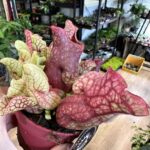 Carnivorous Sarracenia Trumpet Pitcher Venosa Red 12cm pot
Carnivorous Sarracenia Trumpet Pitcher Venosa Red 12cm pot



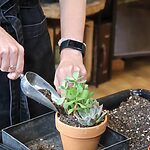
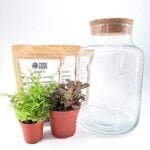
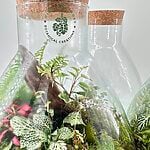
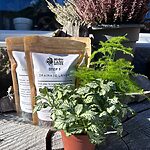
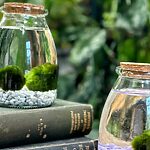
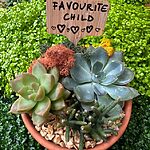
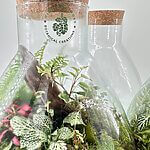


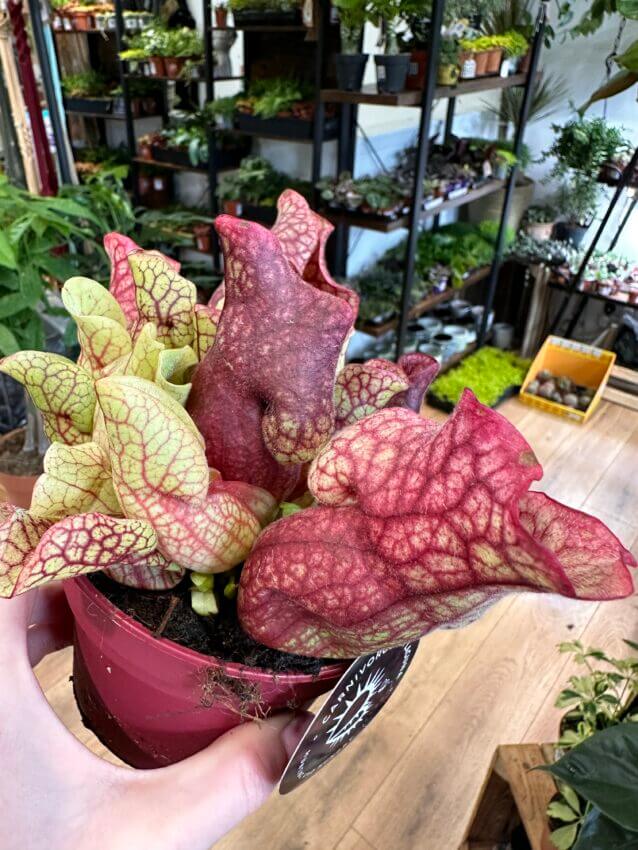
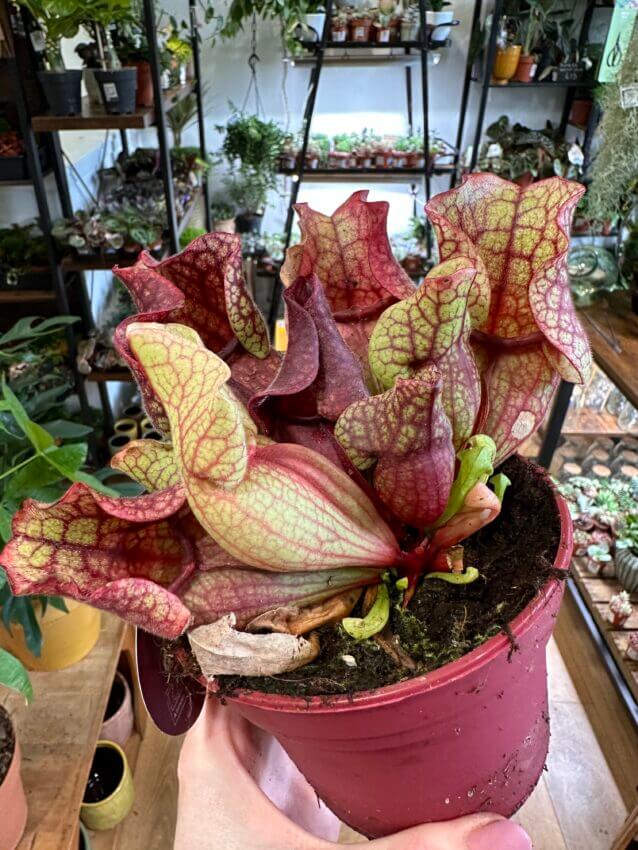
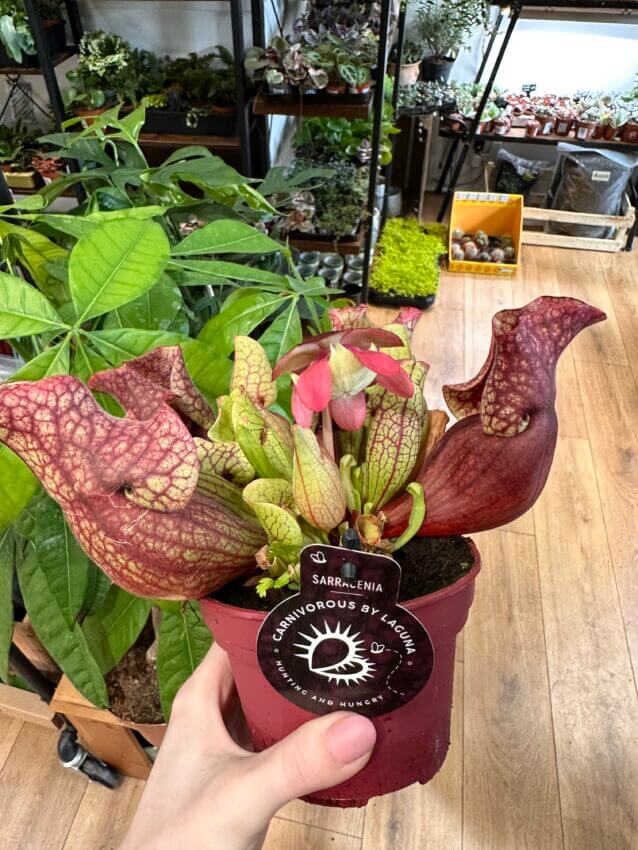
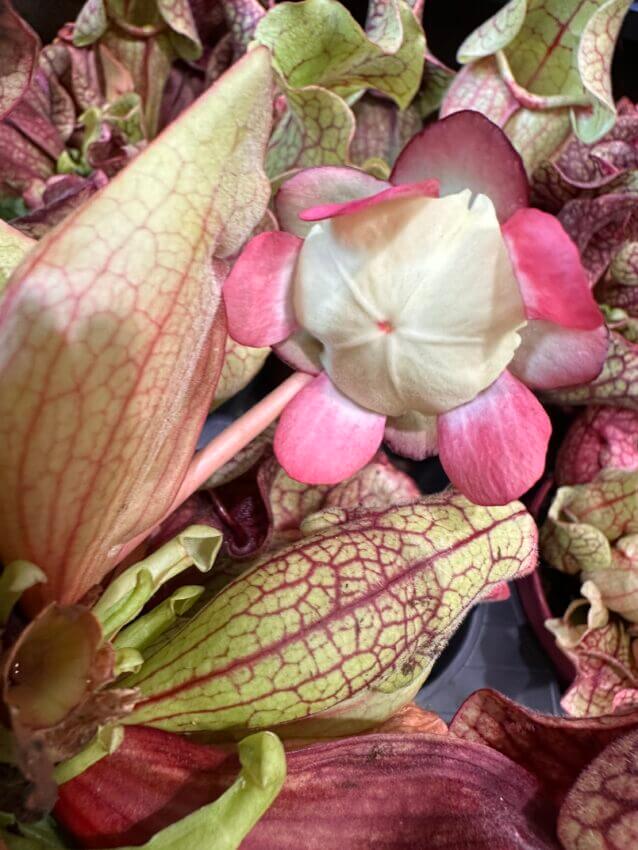
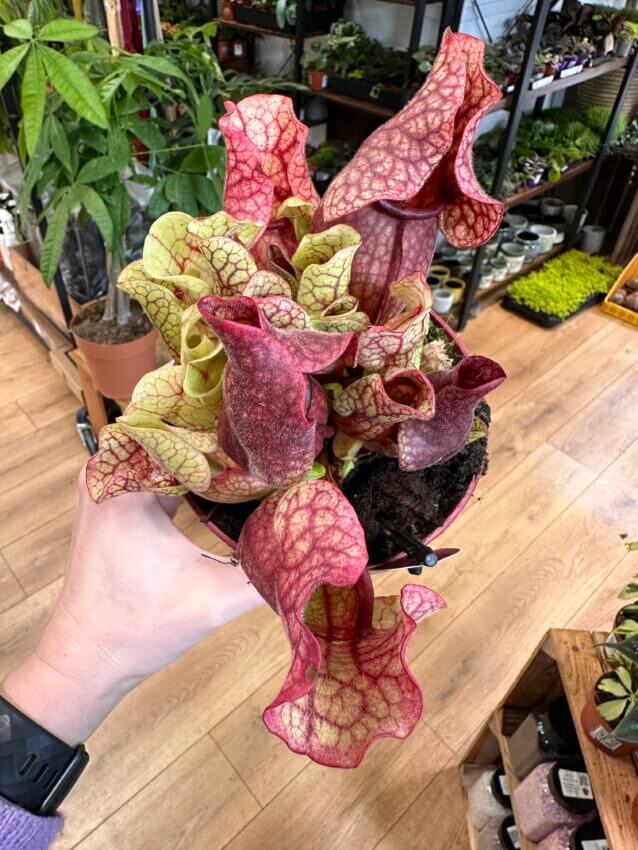
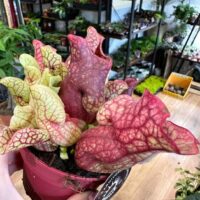
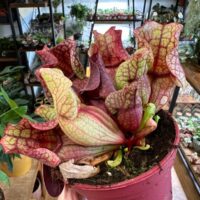
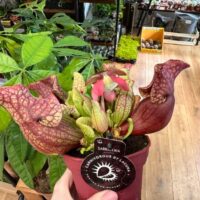
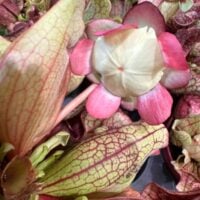
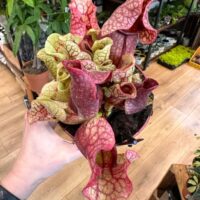
2 reviews for Carnivorous Sarracenia Trumpet Pitcher Venosa Red 12cm pot